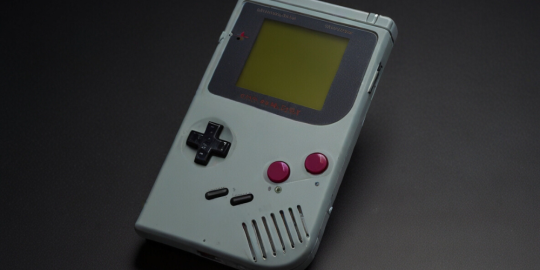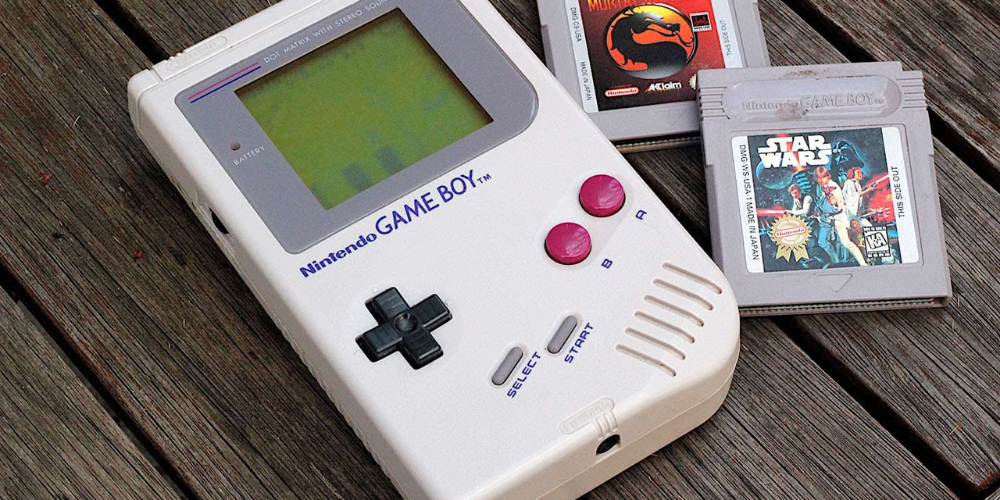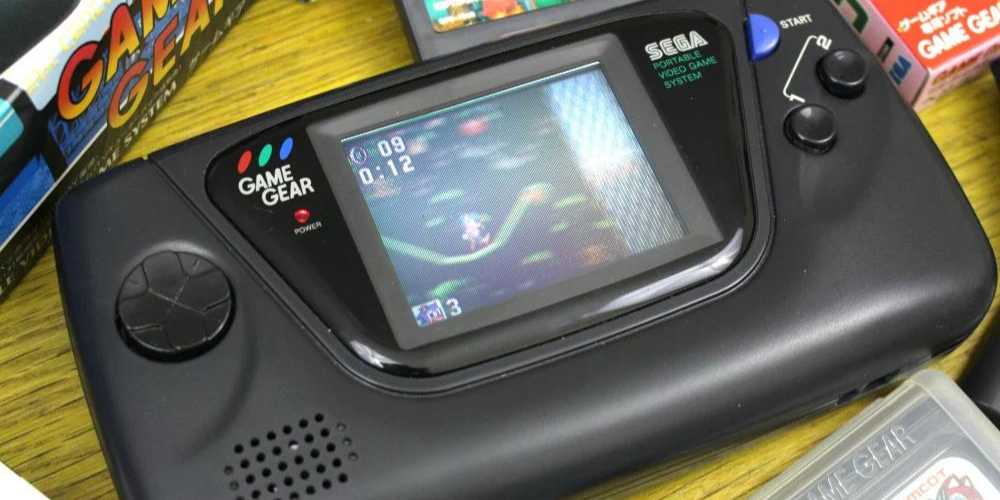
Birth of Handheld Gaming
The dawn of handheld gaming can be traced back to the late 1970s with simple LED-based games, but it was in 1989 that Nintendo sparked a revolution with the introduction of the Game Boy. With its compact design, long battery life, and interchangeable cartridges, the Game Boy wasn't just a gadget; it was a portal to untethered gaming adventures.
Rising Competition: The Arrival of Game Gear
In response to Nintendo's success, Sega launched the Game Gear in 1990. With a vibrant full-color backlit screen and an extensive library that often mirrored its home console counterpart – the Sega Genesis – the Game Gear aimed to capture the hearts of gamers who craved a more technologically advanced portable experience.
Technological Tug-of-War

This period marked an unprecedented technological tug-of-war in handheld gaming. Where the Game Boy relied on simplicity and battery efficiency, the Game Gear boasted superior graphics and multimedia capabilities. The competition between these two titans pushed forward innovation and expanded what consumers expected from their portable devices.
Ecosystems and Experiences
What truly set these devices apart were their ecosystems. The Game Boy fostered a community with multiplayer games using link cables while also offering timeless classics like 'Tetris' and 'Pokémon.' In contrast, Game Gear's broader color palette brought arcade favorites such as 'Sonic the Hedgehog' into players' hands for on-the-go play.
Ergonomics and Design

Design played an equally significant role in defining these devices. Nintendo’s sturdy, brick-like design made the Game Boy resilient and easy to use for all ages. Meanwhile, Sega's sleeker profile catered to older gamers with a more modern aesthetic - albeit at the cost of battery life due to its power-hungry screen.
Legacy and Longevity
Despite strong competition from Sega, Nintendo’s focus on gameplay over graphics – along with key franchises – ensured that the Game Boy remained a bestseller into the new millennium. Sega would ultimately discontinue Game Gear production in 1997 as both companies eventually gave way to newer technology, such as Sony's PSP and Nintendo's own DS line of handheld consoles..
The Handheld Gaming Revolution: A Retrospective Summary
The rivalry between Game Boy and Game Gear symbolized more than just corporate competition; it represented a pivotal moment in handheld entertainment history. Their contest illustrated not only innovative leaps in technology but also differing philosophies about what mobile play should be. Together, they ushered in an era where gaming could happen anytime, anywhere—a legacy that continues to influence how we play today.